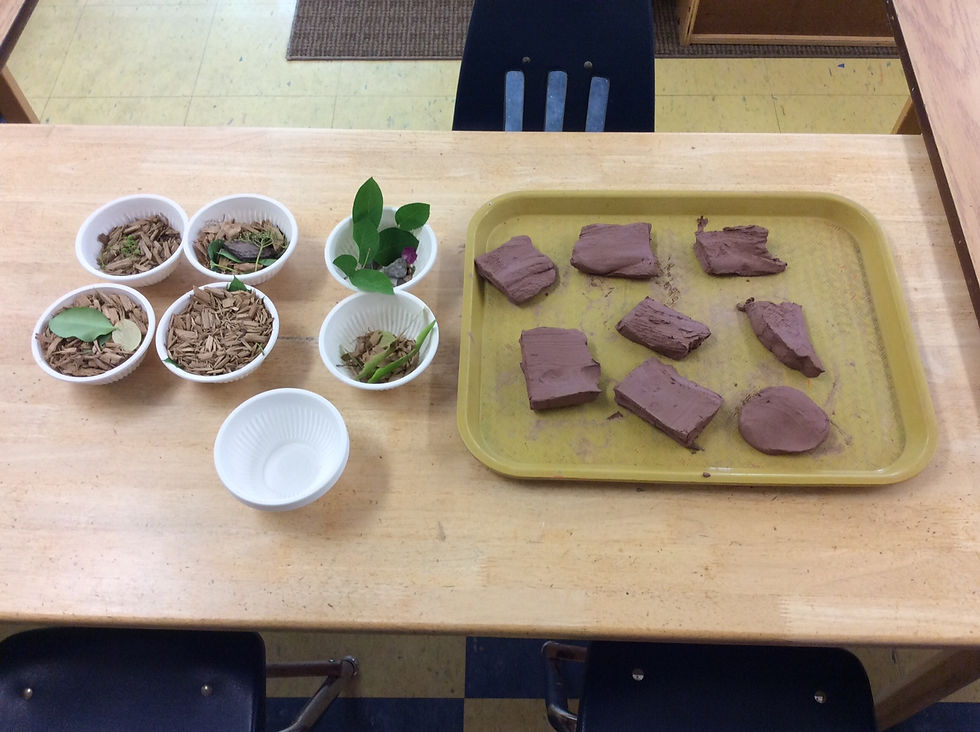Balance Your Way Through
- Jasmine
- Feb 15, 2018
- 2 min read
The children were faced with a challenging obstacle course based on balancing components. The first part of the course was a yoga challenge where the children were asked to do the tree pose on the pink yoga mat. Next, was a transition component that still tested the children's gross motor abilities, which had the children crawl through the blue tunnel. At the end of the tunnel was a cup and a ball, which the children had to balance the ball onto the cup and walk to the colour mats. The children were asked to hop on or over the mats to the bench, then balance walking on top of the bench. A student teacher helped the children walk across the bench to the wooden stair blocks and then hopped over the remaining wooden blocks to the end. When they reached the finish line, they cheered on their friends until they got to the end.
Materials
Yoga Mat
Blue tunnel
Metal Cup
Wooden Ball
Circle foam mats
Long foam mats
Wooden Bench
Wooden Blocks

The beginning of the obstacle course, starting with a yoga mat
Learning Objectives & Outcomes:
Objectives: To challenge the children's balancing skills and enhancing pre-existing skills
Outcomes: The children will be able to learn skills to coordinate their senses with motor skills in different obstacles in the process of adjusting to each challenge (changing the focus on hop scotch vs. crawling through a tunnel vs. balancing the ball on the cup).
Another objective/outcome is for the children to persevere during a challenge, accepting and asking for help when needed and expressing joy and satisfaction when overcoming these challenges.
Sections outlined in Early Learning for Every Child Today:
ELECT 5.1 Gross Motor)
ELECT 2.6 Positive attitudes towards learning.
ELECT 5.3 Sensory Motor Integration.

Foam pads for children to hop to each one
"Be careful don't fall in the water! You can do it! If you need help I can hold your hand" - the children cheered.

The end view of the obstacle course
Reflection & Outcome
When implementing this activity the first time I found that asking the children to wait for their turn to run through the obstacle course was a difficult task for them to achieve. Although the children practised their self-regulation skills very well, they also became impatient which was shown when some of the children would run back and forth. I implemented this activity with a second group using a different method of approach that was suggested by my field educator, where I walked the children (as a group) through each section of the course. I found that having the children go through each obstacle together motivated them even more to finish each challenge. This provided social support and increased the children's excitement and motivation. This experience has taught me that by using the technique of social support and team oriented tasks, this may increase the children's engagement and motivation during challenging tasks.





Comments